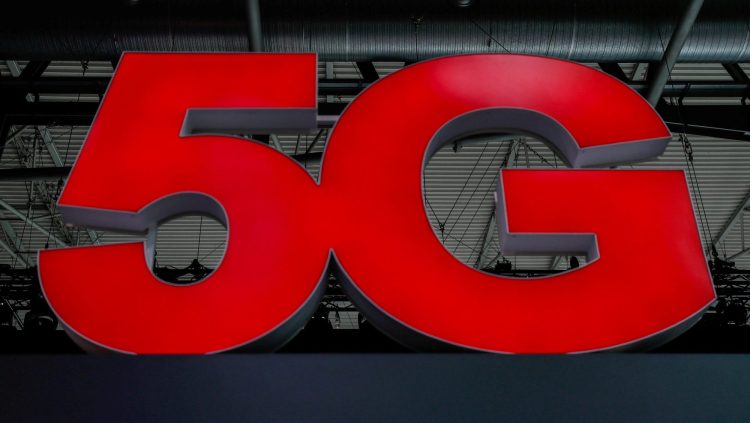Nearly two months after the U.S. Federal Communications Commission (FCC) concluded its lengthy auction of 28GHz millimeter wave spectrum, the agency will today begin a similar auction for 24GHz millimeter wave spectrum. For major and smaller carriers alike, today’s auction represents the last opportunity to obtain early rights to transmit on 5G’s high-bandwidth but short-distance frequencies (see our 5G Cheat Sheet), capitalizing on the most cutting-edge technologies in 5G’s bag of tricks.
Today’s auction includes seven 100MHz blocks of spectrum across the country: two 100MHz blocks in the 24.25-24.45GHz range and five 100MHz blocks in the 24.75-25.25GHz range. Each 100MHz block will provide a carrier with the equivalent of a multi-lane highway for 5G data for 10 years, and carriers will be able to bid on data highway segments covering 416 parts of the United States.
Like the 28GHz auction, which sold 2,965 licenses for a little over $702 million, the 24GHz auction is designed to attract not just major U.S. carriers, but also rural and small bidders. The FCC is giving rural service providers a 15 percent discount on their winning bids, and small businesses either 15 or 25 percent discounts, depending on the size of their recent revenues. These deals aim to incentivize high-speed 5G coverage in historically underserved areas.
Nearly 60 bidders were pre-approved for the auction, notably including top U.S. carriers AT&T, T-Mobile, and Verizon, as well as cable companies Cox and Frontier. Unfortunately, the identities of winning bidders might not be known for weeks, as the FCC opted not to disclose winners’ identities for either of the millimeter wave auctions until after the 24GHz auction ends.
June 5th: The AI Audit in NYC
Join us next week in NYC to engage with top executive leaders, delving into strategies for auditing AI models to ensure fairness, optimal performance, and ethical compliance across diverse organizations. Secure your attendance for this exclusive invite-only event.
The 28GHz auction took 38 days and 176 rounds of bidding to complete, continuing through the massive U.S. government shutdown due to its national and industrial importance. How long the 24GHz auction will take remains to be seen: Only two blocks of spectrum were offered during the first auction versus seven today, and a somewhat different bidding system was used.
At the end of this auction, a sizable number of companies will hold local-level rights to offer 5G services using millimeter wave hardware. Only two years ago, the prospect of using millimeter wave in pocket-sized cellular devices was only a dream, but engineers ultimately succeeded in shrinking millimeter wave antennas and modems to fit in hotspots and smartphones.
Some carriers considered millimeter wave miniaturization and spectrum allocation challenging enough to hedge on, so early 5G deployments across the world have split between millimeter wave and non-millimeter wave (“sub-6GHz”) technologies. U.S. 5G carriers are expected to use both types of frequencies, starting first with millimeter wave, while carriers in other countries may start with sub-6GHz offerings, adopting millimeter wave as their governments catch up in allocating the spectrum.

